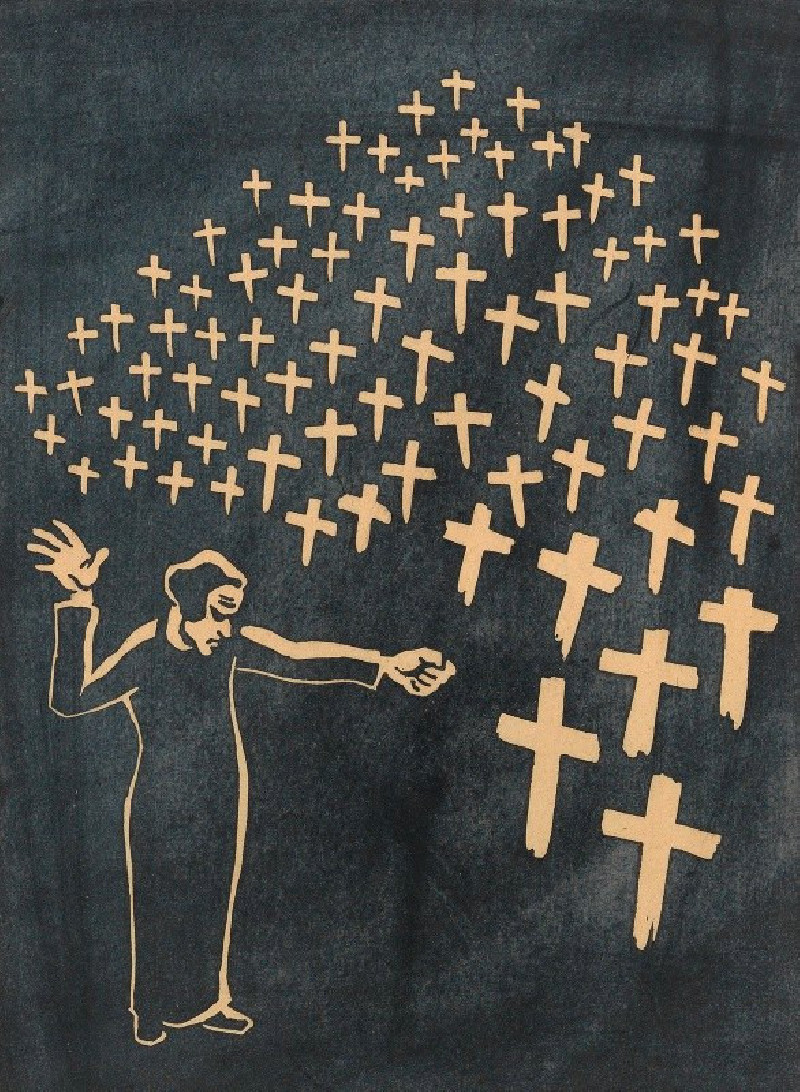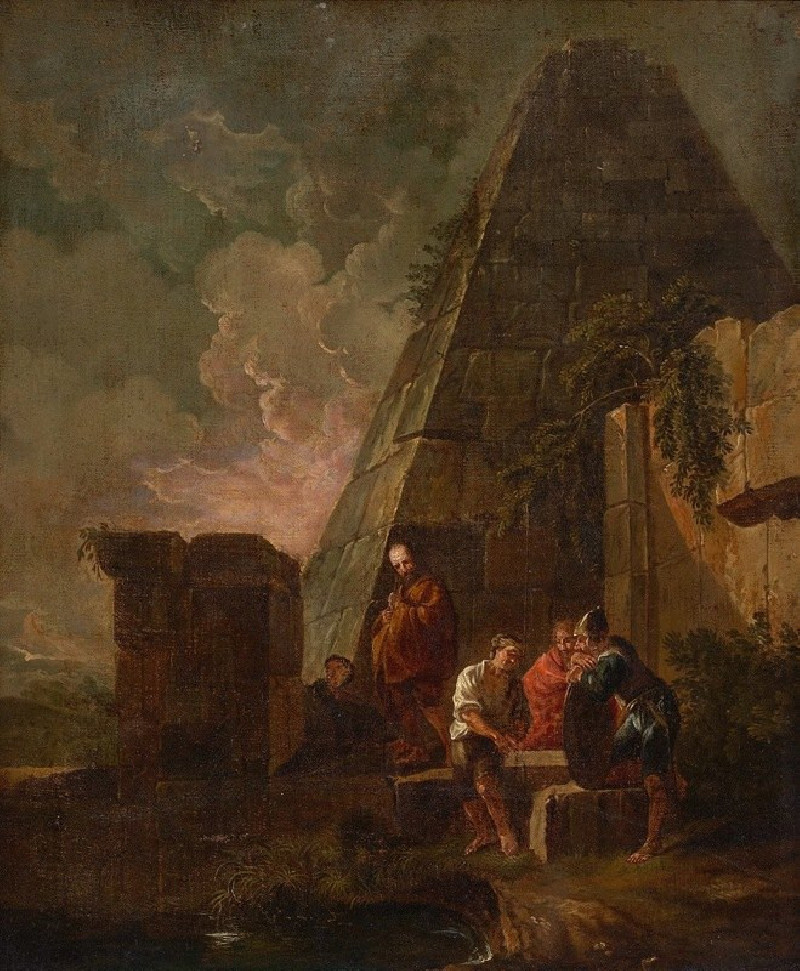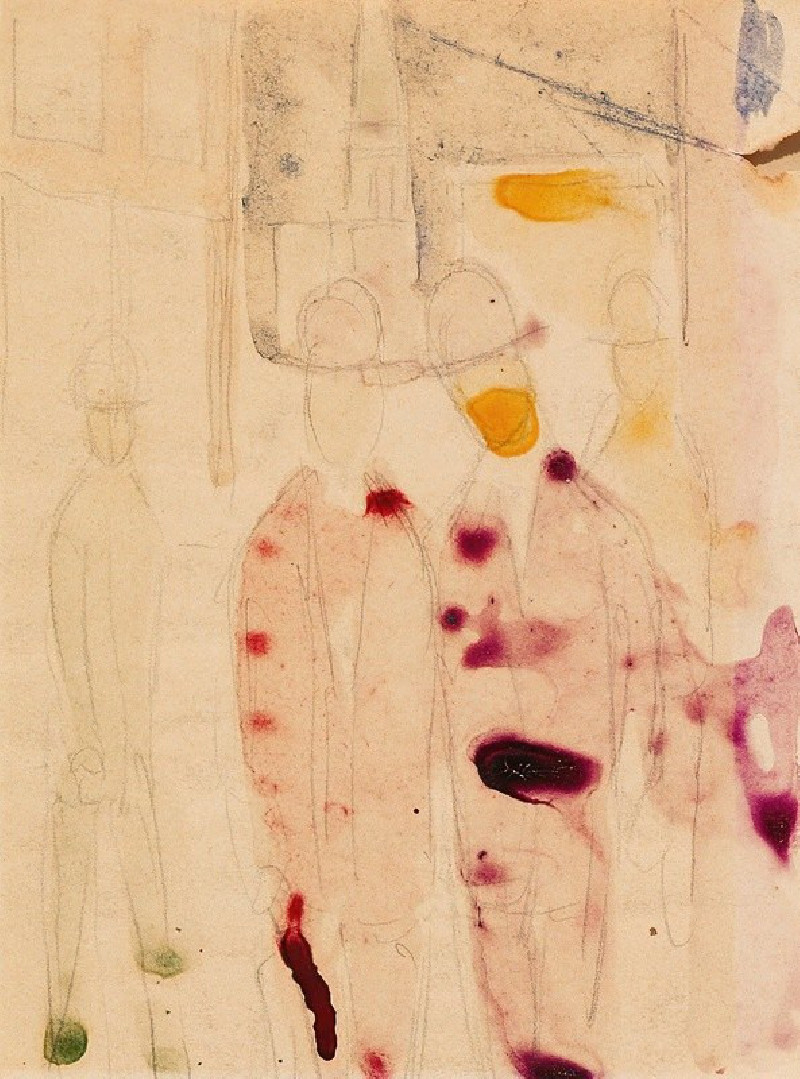Naturstudie XLIV (1924)
Technique: Giclée quality print
Recommended by our customers
More about this artwork
We are proud to showcase "Naturstudie XLIV" by Karl Wiener, a striking piece from the year 1924. This captivating landscape painting presents an exuberant sunset that bathes the scene in a glorious spectrum of colors. The artwork features a series of rolling, dark hills that form a serene horizon under a vast expansive sky. The sky itself is a masterful gradient of colors, transitioning from a deep blue at the top, through bands of purple, yellow, and finally into a vibrant orange at the horizon where the sun is setting.The use of colored crayons gives a textured vibrance to the scene, allowing each stroke to resonate with energy and movement. Notable are the soft, swirling patterns in the clouds which add a dynamic contrast to the solid, undulating forms of the hills. This tableau is not just a mere representation of nature, but a vivid interpretation that evokes emotion and contemplation.Karl Wiener’s use of bright, bold colors offset by the dark silhouetted landscapes conveys a moment of quietude as day gives way to night, reminding us of the ever-changing beauty of the natural world.
Delivery
Reproductions are made to order and take 5 to 7 working days.
We send them out by courier and delivery takes another two working days.
If you need a reproduction sooner, please contact us - we can usually find a solution and produce it a little faster.
If you don't want to pay for postage, you can pick up your paintings at our galleries in Kaunas or Vilnius.
Returns
Yes, reproductions can be returned.
If you have any doubts more than 30 days after the date of purchase, please contact us - we will take the reproduction back for a refund or offer you a replacement!
We accept a maximum of two returns per customer - please note that we make reproductions to order, so please choose responsibly.
We do not refund shipping expenses.















































